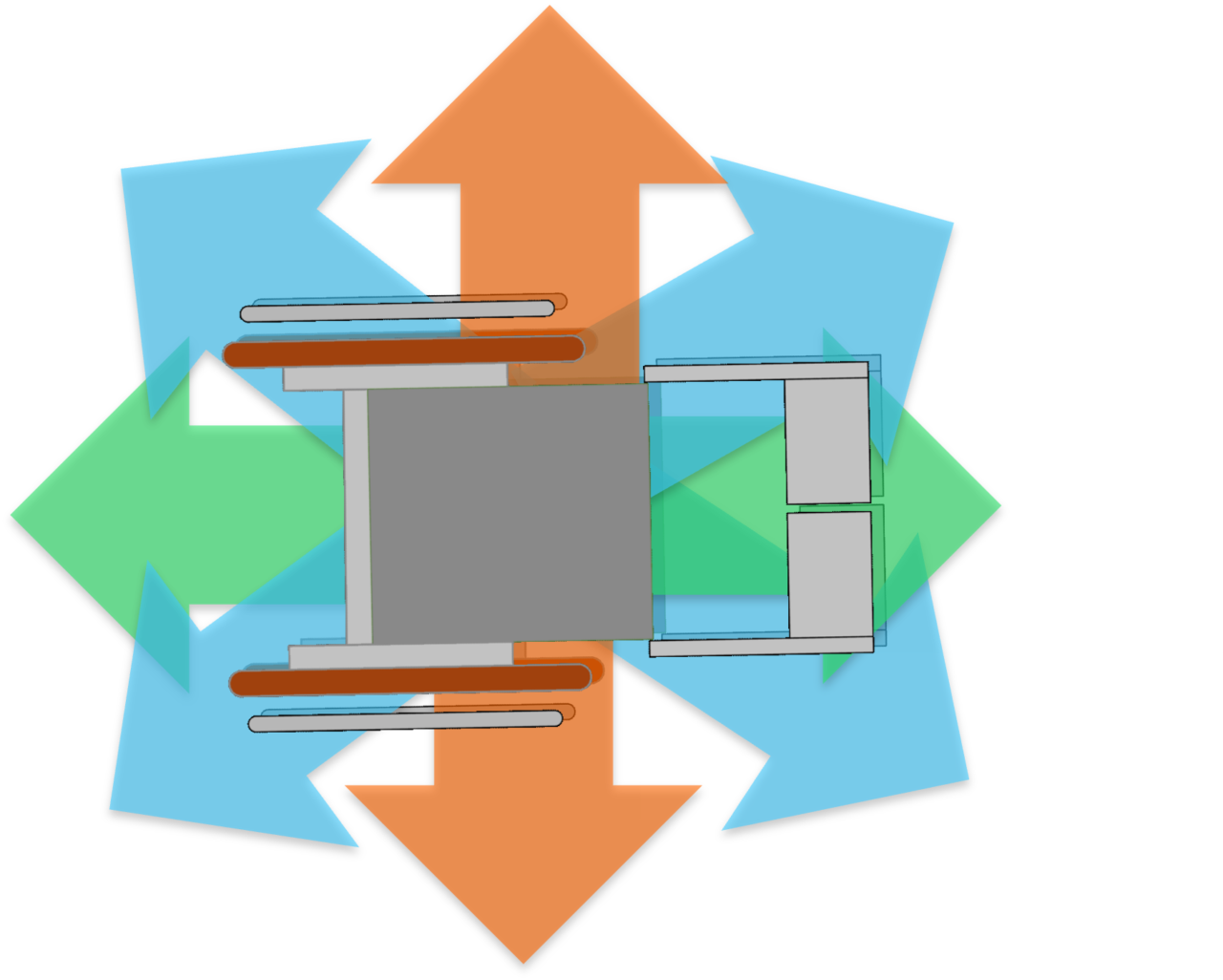Introduction
Due to the challenges faced by wheelchair users during transferring actions in various individual and environmental conditions, it is essential to develop improved and supportive solutions. While wheelchairs are designed to assist individuals with disabilities, they can sometimes be problematic and inefficient in providing safe and easy ways to achieve independence.
The aim of this research is to develop appropriate wheelchair designs and specifications that enable users to transfer to and from the wheelchair in a safe and easier manner, regardless of different circumstances. In this process, three distinct approaches were developed, focusing on different transferring directions: front, side, and rear transferring. The objective is to determine which transferring method is the most effective.
Moreover, comprehensive design specifications were also developed, taking into account the various transferring directions, to ensure a holistic and optimal solution for wheelchair users.
We developed three design concepts considering three directions for transferring onto/from a wheelchair: front. rear and side.

3 concepts represent 3 different direction
Concept 1: Front Transferring Wheelchair Design
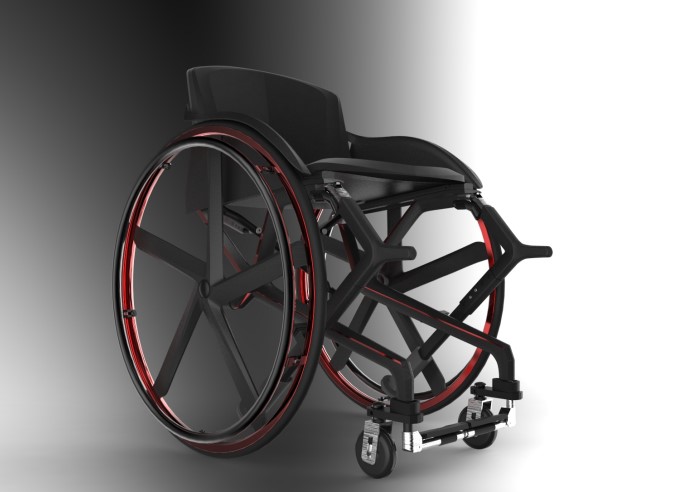
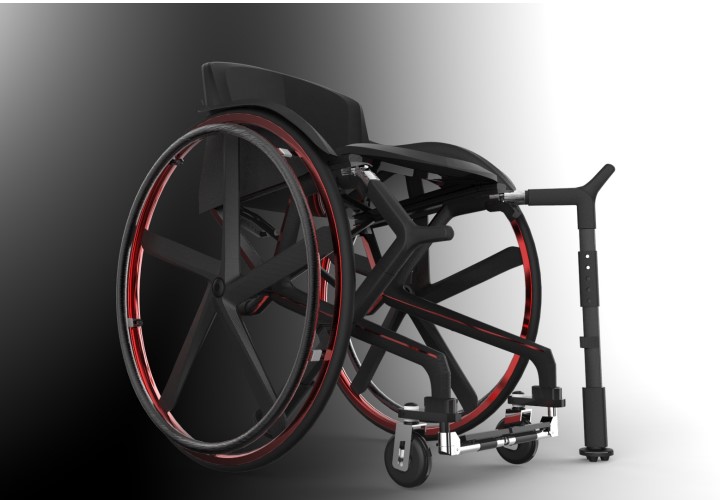
Purpose
•Designing a wheelchair have a frame/leg rest with different adjustments for transferring
•Universal transferring access
Project idea
•Adjustable height and angles of leg rest frame to close up the distances

Prototype
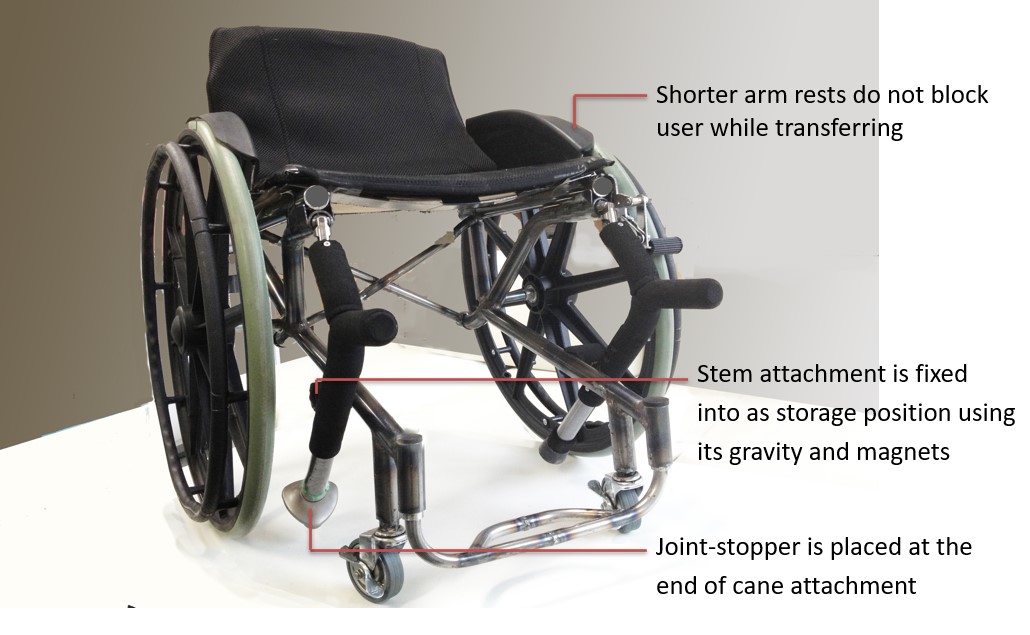
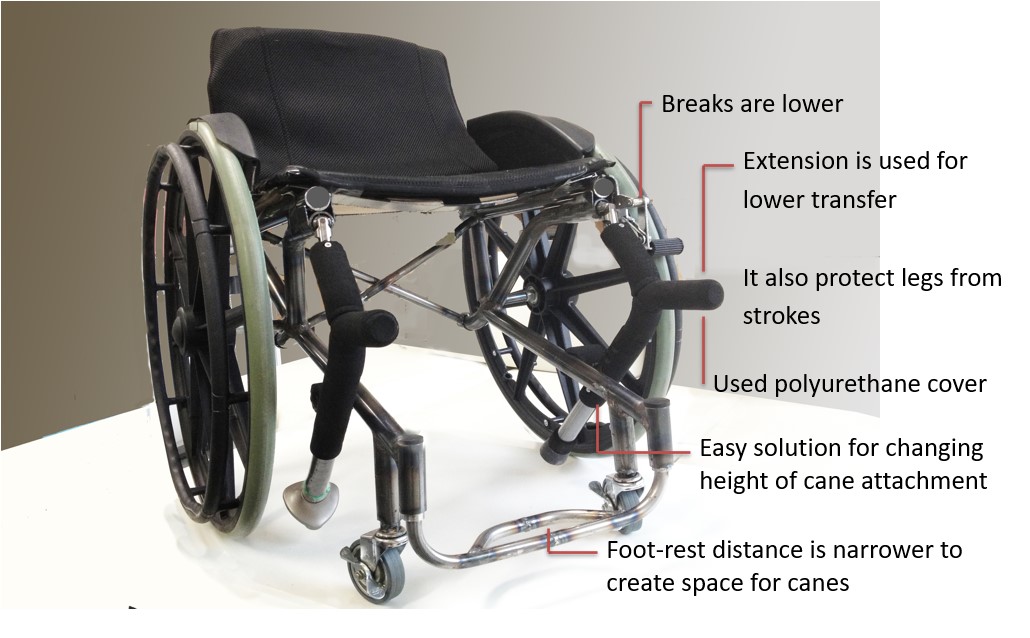
Unique Features:
•Stem attachment with adjustable height and angle
•Provide transferring to the different height surfaces as higher, lower, opposite and floor
•If you forget the lock the breaks, it helps you to catch the wheelchair
•No need to carry sliding board, bars or cane
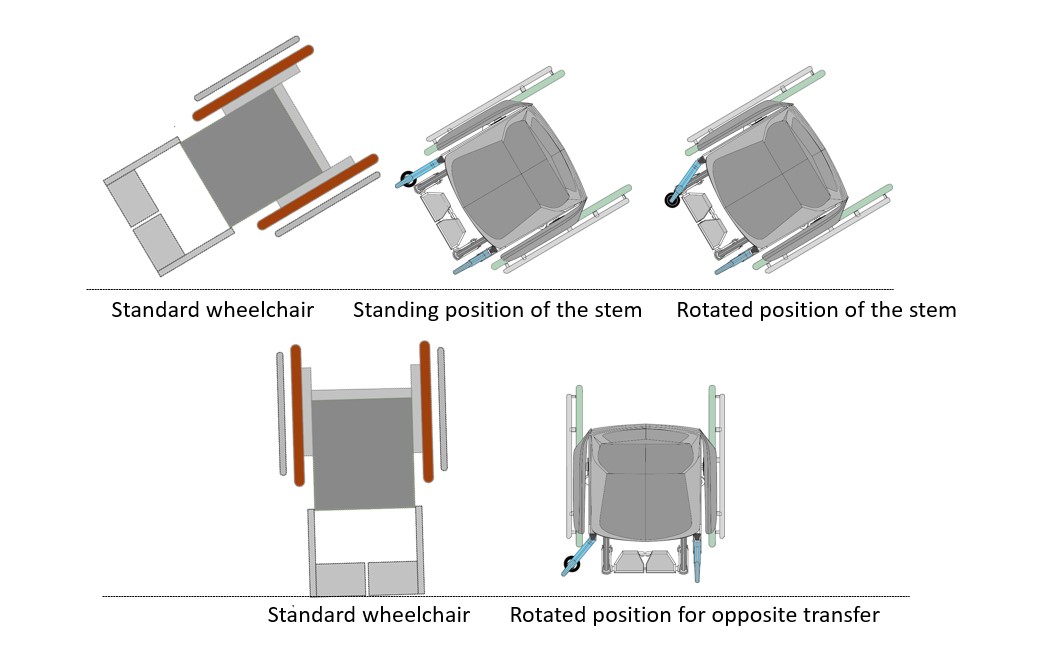
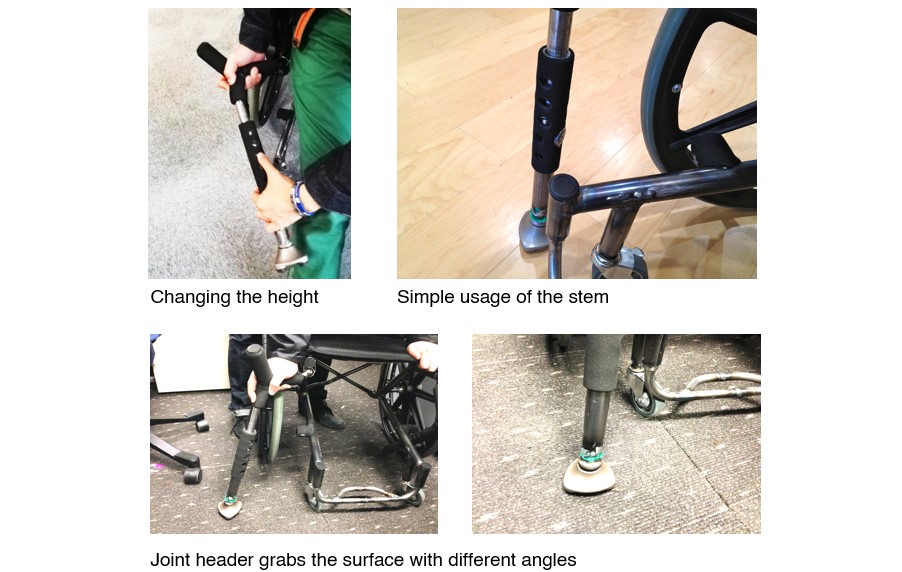

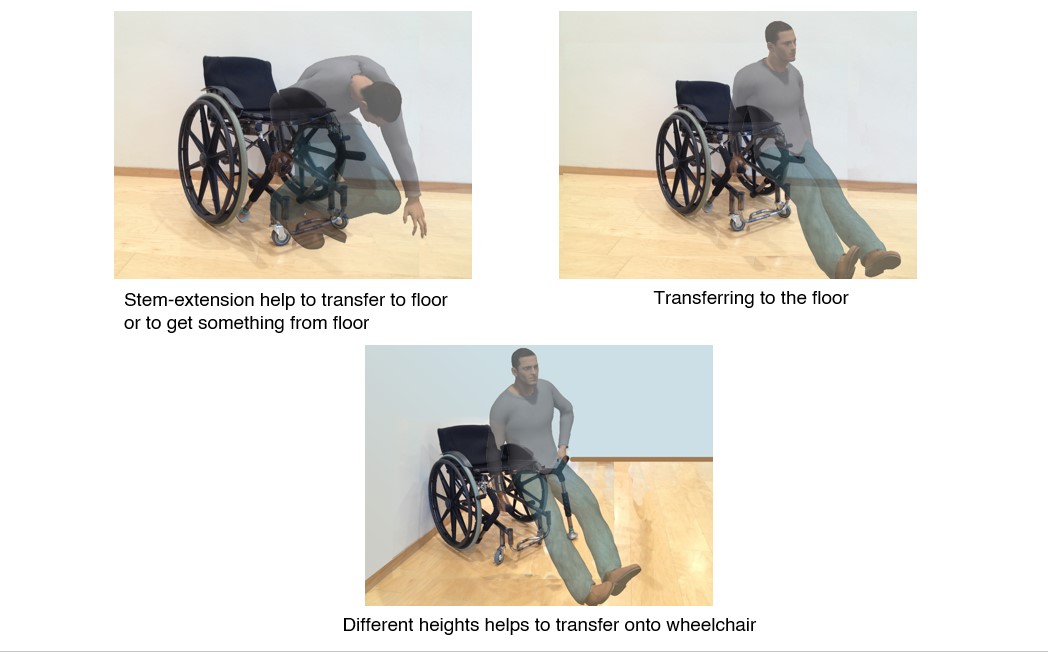
Concept 2: Rear Transferring Wheelchair
Purpose
• Designing a low-cost full-function wheelchair that the user transfers from backward from the backrest
Project Idea
• Pushing oneself backward to the transferring surface easier
• Lifting down the backrest and lifting up the leg rest
• Back rest functions as a sliding board and the height would be adjustable


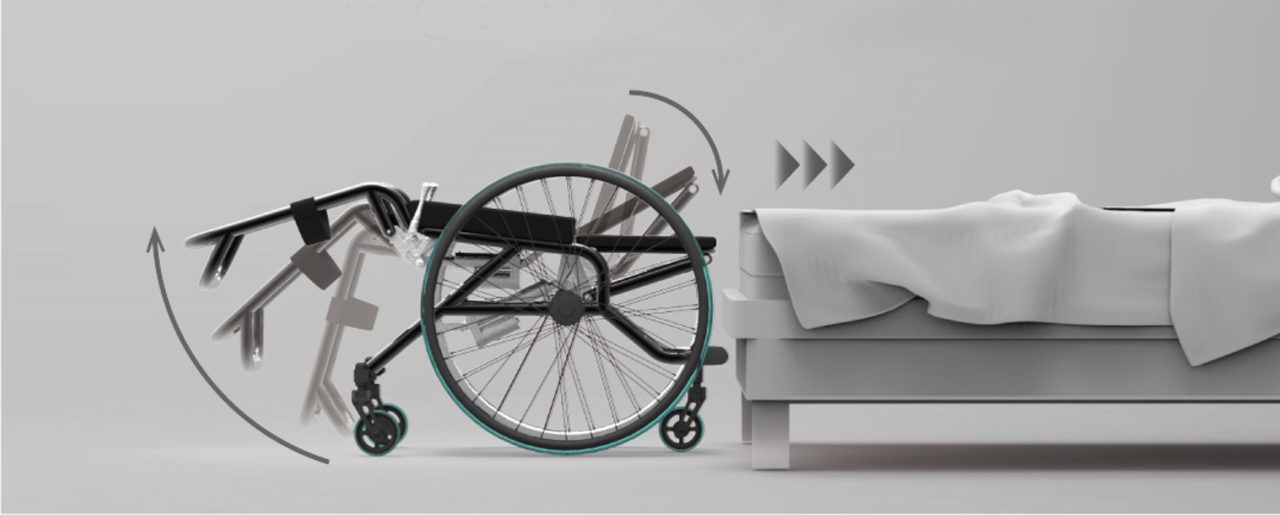

Prototype

Prototype details
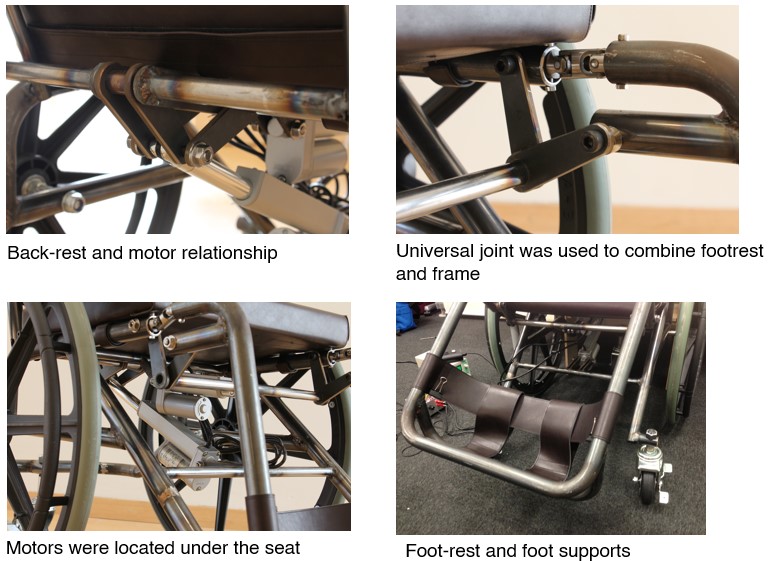
Transferring
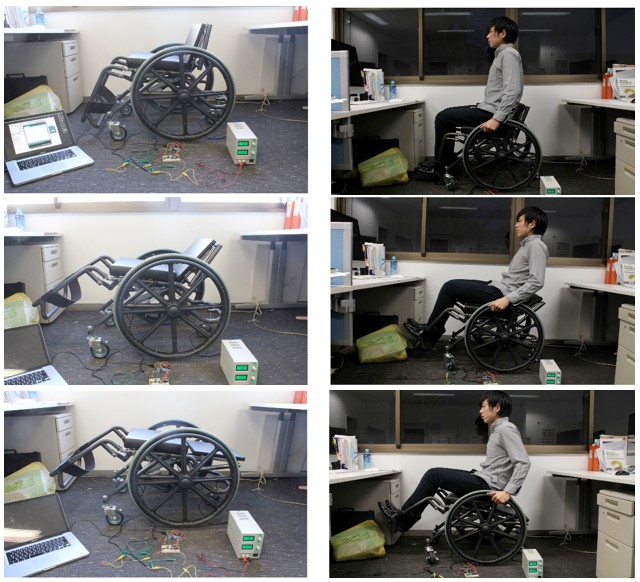
Concept 3: Side-transferring wheelchair
Purpose
• Designing a mono-wheel wheelchair that users can transfer without any barrier of wheel and armrest
Project Idea
• Designing one wheel wheelchair. Because there is no wheel on one side user is able to converge side by side.

Definition
• Easy transfer manual wheelchair with barrier-free transferring side
Difference from Manual wheelchair
• One-hand drive
• Lighter and unique look


Prototype
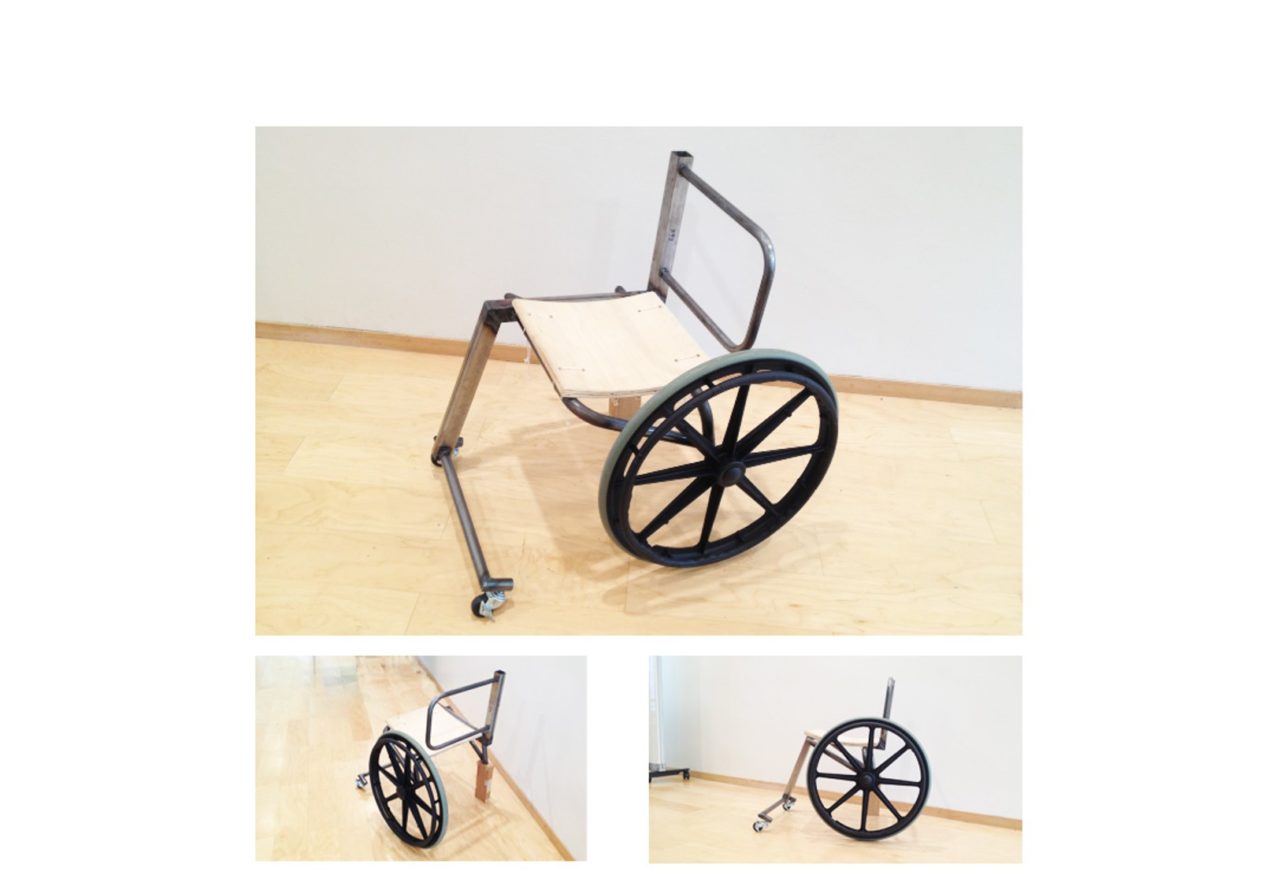
Transferring

• Each concept had a different approach to transferring
• Each concept was developed for providing advantages for transferring
• Working wheelchairs gave real transferring conditions
• Transferring features had to be evaluated to get objective results
Evaluation: Performance test of three concept wheelchairs and standard wheelchair
• To learn the appropriateness of usage and transferring action with front, rear, and side directions
• To confirm the design considerations of transferring wheelchairs
Tests – Methods
Performance Tests
• Muscular Activity – MA
• Balance – ACC
• Time
Survey
• Pre- Survey
• Post-Test Survey – VAS

Participants
• 10 male participant
• Able-bodied
• Clearer muscle activity results can be get from males
• Able-bodied people are used as subjects commonly
• Able-bodied people act the same way as disabled people *
• Legs were tied
Results of three wheelchair evaluation
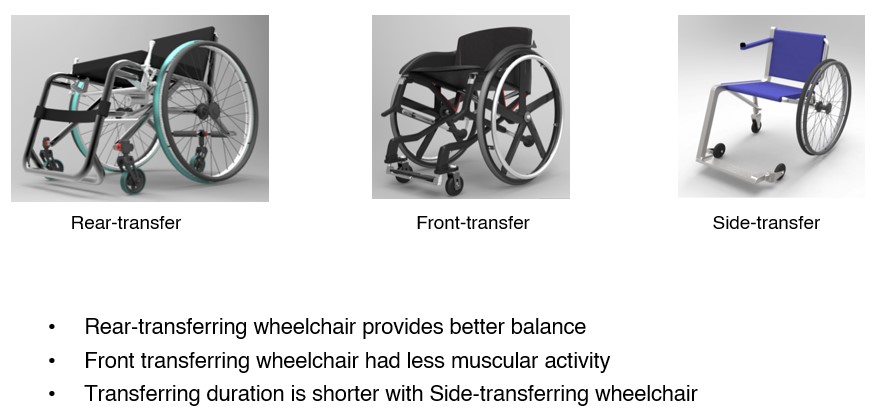
Conclusion:
• Rear-transferring wheelchairs and side-transferring wheelchairs have the potential and possibility to transferring
Future Directions:
• Designing and defining a multi-dimensional wheelchair
